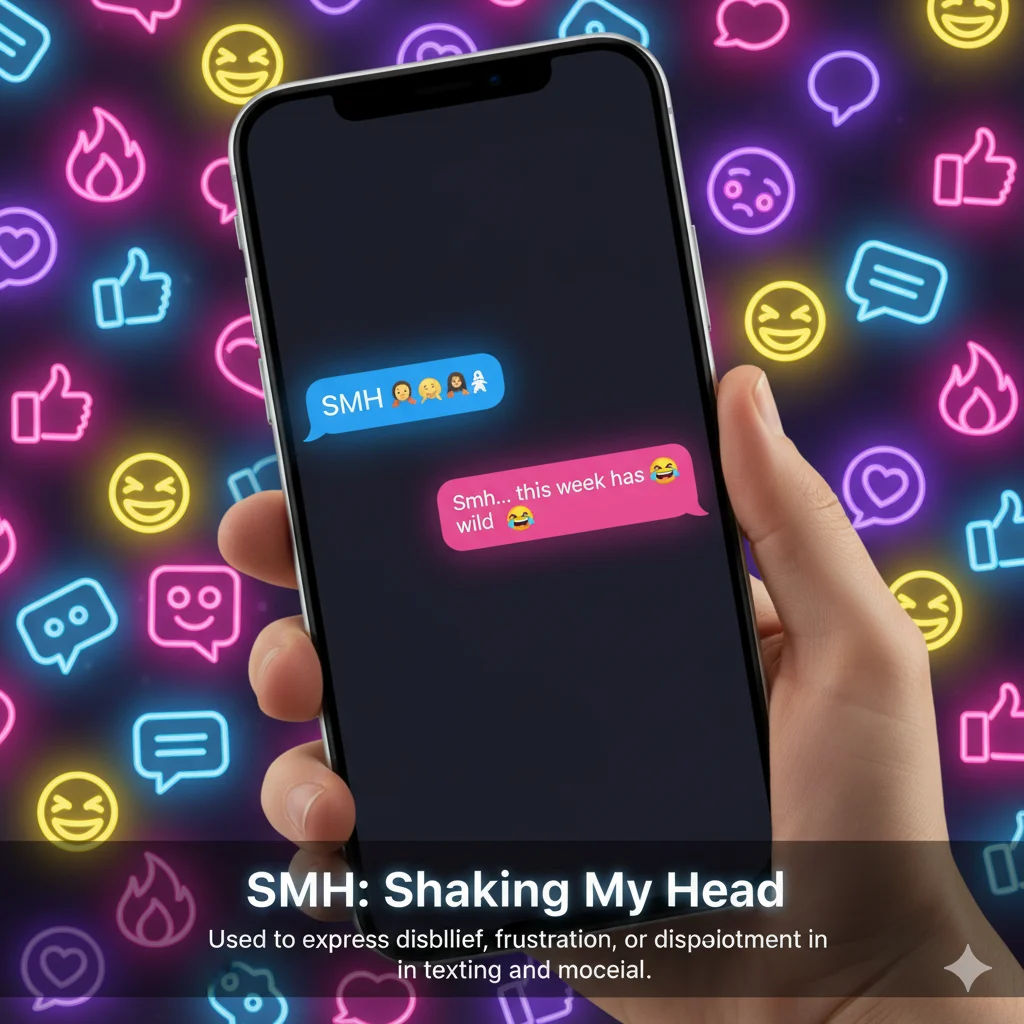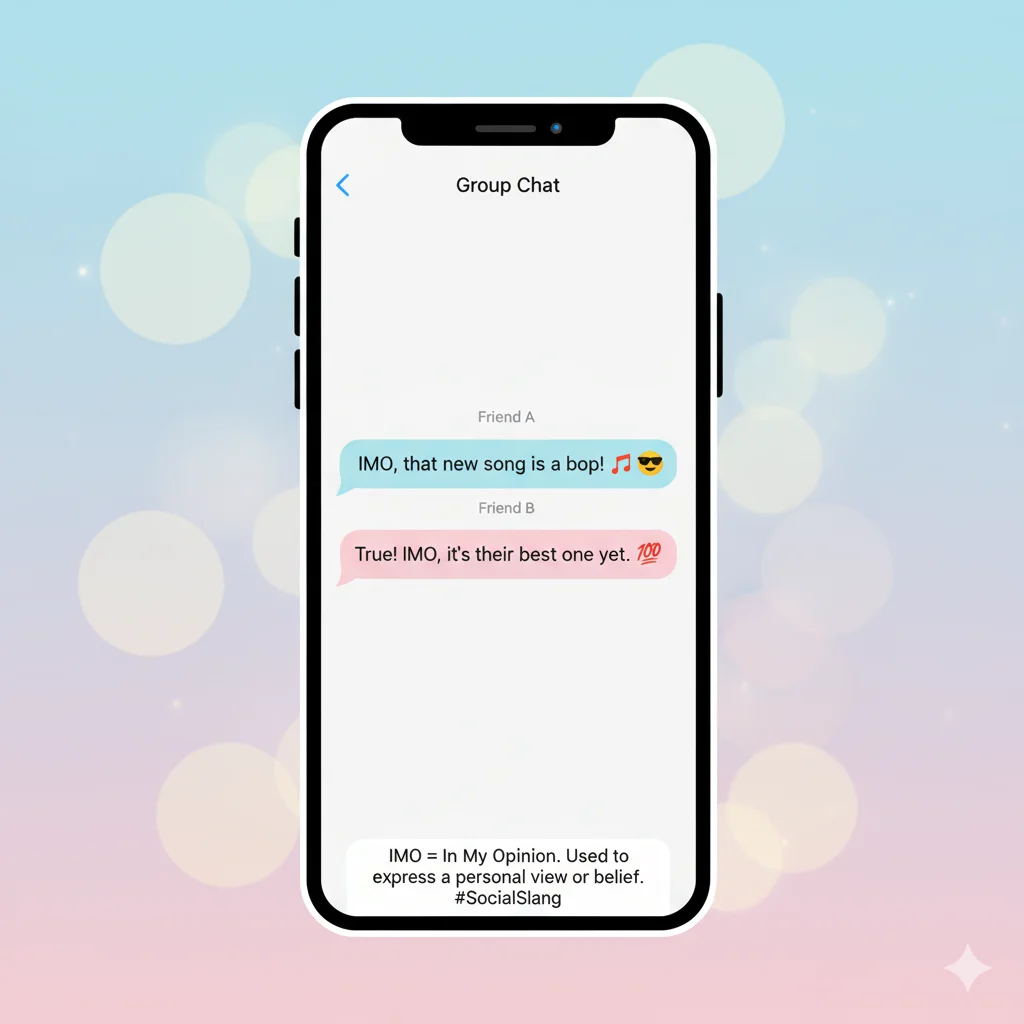PS stands for “Postscript”, a Latin term meaning “written after”, used to add an extra thought or note after the main body of a message. Whether you’re drafting a professional email, writing a letter, or texting a friend, understanding PS and how to use it effectively can make your communication more engaging, memorable, and persuasive.
Rizz Line Generator
In today’s fast-paced digital world, readers often skim through messages, and a well-placed PS can grab attention, highlight key points, and even encourage action. From historical letters to modern marketing emails, the humble postscript remains a surprisingly powerful tool.
📜 The Origin and History of PS
The term PS comes from the Latin phrase post scriptum, meaning “written after.” Traditionally, postscripts were used in handwritten letters when the writer remembered an additional point after finishing the main content.
Before the digital age, letters were the primary mode of communication. A PS allowed writers to:
- Add extra thoughts or reminders
- Emphasize important points without rewriting the entire letter
- Create a personal touch at the end of correspondence
Famous writers like Jane Austen and Charles Dickens often used postscripts to add wit, humor, or emotional emphasis in their letters. This practice made their messages feel personal and engaging, a lesson that still applies today.
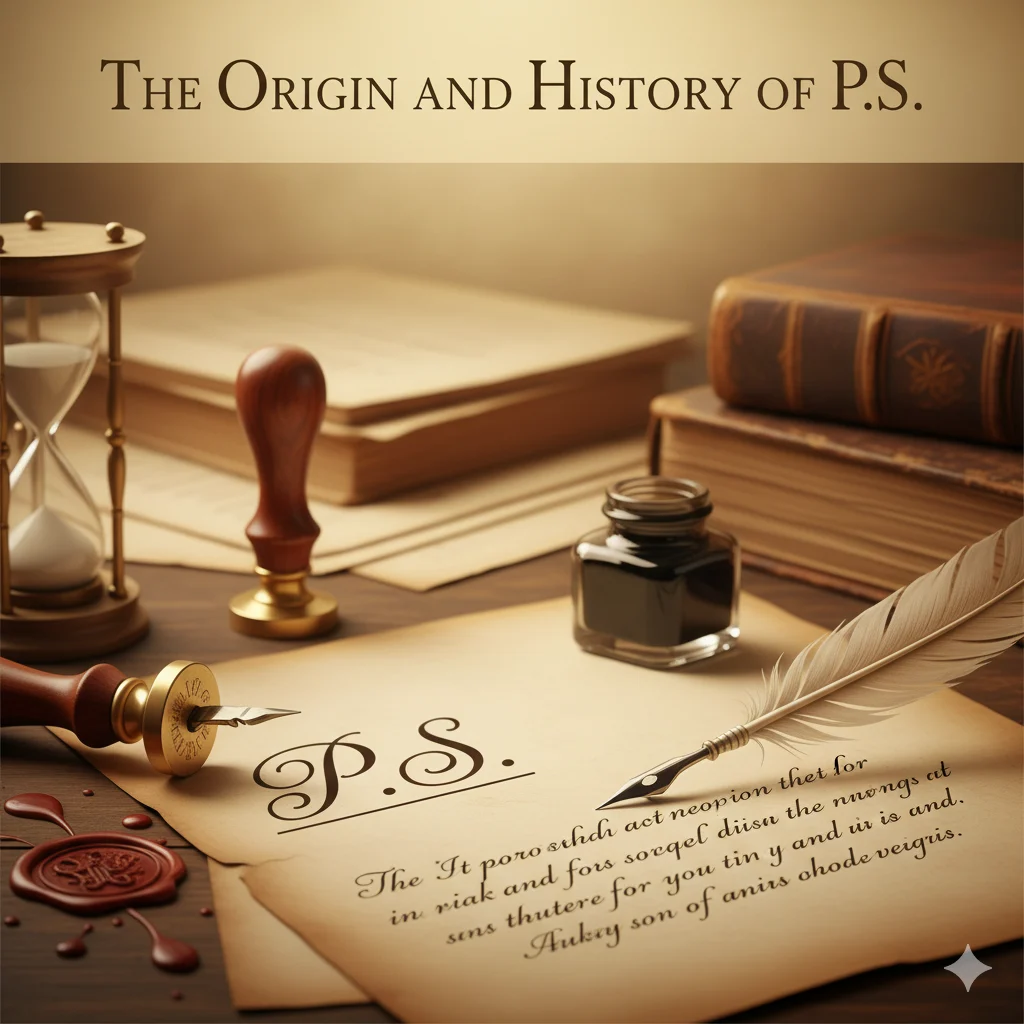
✉️ How PS Is Used in Modern Communication
Today, PS is widely used across emails, texting, social media, and marketing, adapting perfectly to digital communication.
1. Emails
In professional emails, a PS can:
- Highlight a call-to-action (CTA)
- Include a personal note to strengthen rapport
- Emphasize important or urgent information
Example:
Best regards,
Sarah
PS: Don’t forget to check out our new product launch this Friday!
2. Texting and Social Media
In casual communication, PS often serves to:
- Add humor or sarcasm
- Make a friendly reminder
- Highlight a key takeaway
Example:
Had a great time today!
PS: Next coffee is on you! ☕

🧠 Why Using PS Is Effective in Communication
Adding a PS isn’t just decorative; it’s psychologically impactful. Studies in communication show that readers often notice postscripts first, making them an ideal tool to reinforce messages.
Benefits of using PS:
- Grabs attention: A PS stands out visually at the end of a message.
- Adds personality: Makes communication friendly and relatable.
- Improves retention: Key points in a PS are more likely to be remembered.
- Encourages action: Excellent for marketing emails or CTAs.
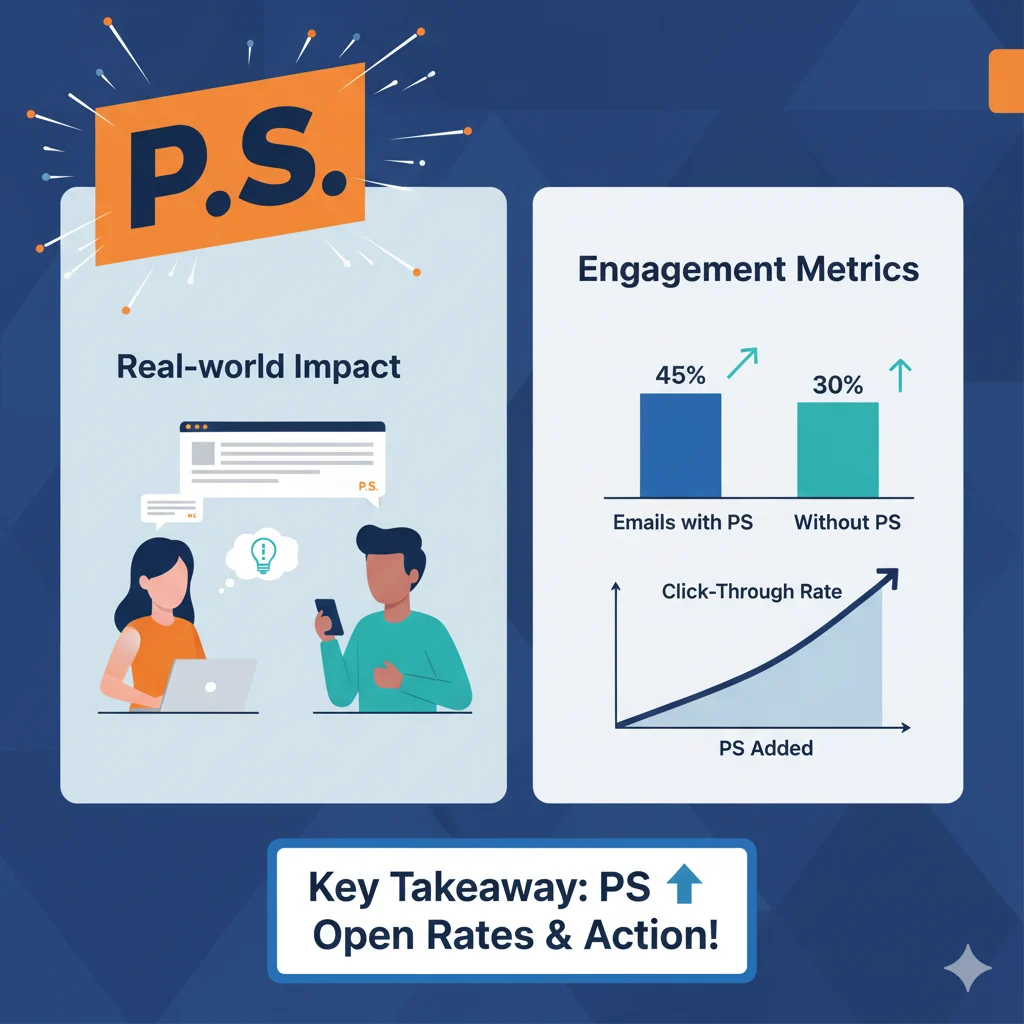
📝 How to Write a Perfect PS
Writing a PS is both an art and strategy. Here’s how to do it effectively:
- Keep it concise: One or two lines are sufficient.
- Make it relevant: Add only information that complements the main message.
- Use it strategically: Highlight urgent info or key takeaways.
- Add personality: Adjust tone depending on the audience—friendly for personal, professional for business.
- Include a call-to-action (CTA): Boost engagement or response.
Example for business email:
PS: Register today to get your free e-book and exclusive tips!
Example for casual text:
PS: Can’t wait to see you this weekend!
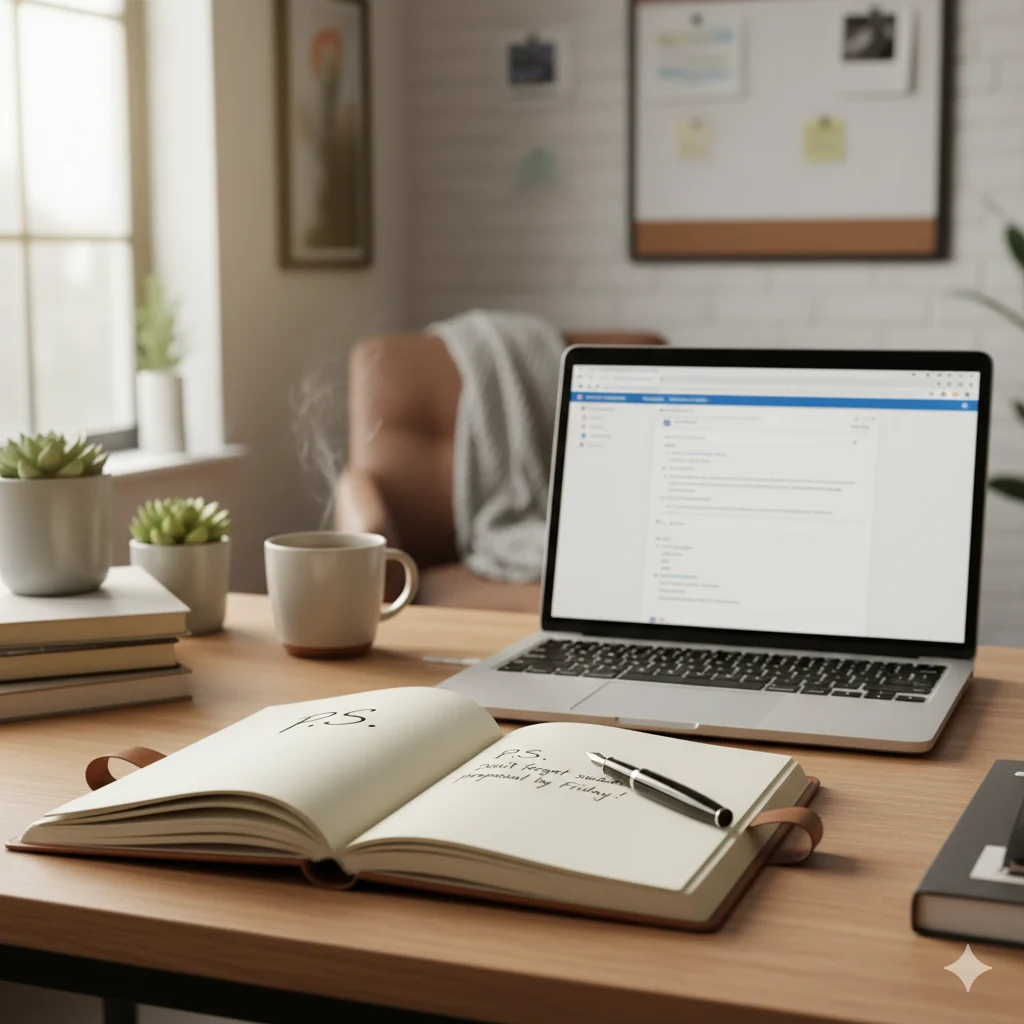
💡 The Difference Between PS, PPS, and PSS
You may see PPS or PSS at the end of letters and emails. Understanding the difference:
- PS (Postscript): Adds one extra note after the main message.
- PPS (Post Postscript): Adds another note after PS.
- PSS: Rarely used, indicates yet another postscript.
Use PPS or PSS sparingly; in creative or personal messages, it can add playfulness, but overuse may confuse readers.
📊 PS in Marketing and Business
Marketers leverage PS strategically. Emails with a PS often boost engagement because the postscript can emphasize offers or important information.
Best practices for marketing emails:
- Include short reminders or promotions in PS
- Add emojis for visual appeal in casual campaigns
- Personalize the PS for the reader’s experience
Example:
PS: This week only, get 20% off your next purchase with code SAVE20!
Research shows postscripts can increase click-through rates by up to 15%, making them highly effective in marketing campaigns.
📱 PS in Social Media Trends
On platforms like Instagram, Twitter, and TikTok, PS has adapted to the digital age:
- Stories and captions: Highlight promotions or key points.
- Humor and memes: Add playful twists or punchlines.
- Influencer communication: Makes posts feel authentic and personal.
Example:
Had the best brunch ever! 🥐
PS: Don’t tell my diet 😅
⚠️ Common Mistakes to Avoid with PS
- Too many postscripts: Keep it simple.
- Irrelevant info: Focus on value.
- Inappropriate tone: Match your PS tone with the main message.
- Using PS in formal legal documents: Can seem unprofessional.
🎯 Tips for Using PS Effectively
- Highlight key info: Make sure your most important points are noticed.
- Add personality in informal messages: Friendly tone resonates better.
- Boost marketing conversions: Include offers or CTAs in PS.
- Keep it short and strategic: Clarity is crucial.
🏁 Conclusion
The humble PS is far more than a leftover note at the end of a letter. From historical correspondence to modern emails, texts, and social media posts, it remains a powerful tool to grab attention, reinforce messages, and engage your audience.
By using PS strategically—whether to add a friendly reminder, a witty comment, or a marketing CTA—you can make your communication more memorable, persuasive, and human. Remember: a well-placed PS can turn a simple message into something your audience will remember and act upon.
❓ FAQs About PS
1. What is the difference between PS and PPS?
- PS is a single extra note after the main message, while PPS is an additional note after PS.
2. Can PS be used in professional emails?
- Yes, when used for emphasis, CTAs, or friendly reminders. Keep the tone professional.
3. Is PS still relevant in texting and social media?
- Absolutely! PS adds humor, highlights key points, and creates personal connections.
4. How long should a PS be?
- Ideally 1–2 short sentences. Keep it concise and relevant.
5. Can multiple PS lines be used?
- Yes, but sparingly. PPS or PSS can add playful or creative touches, but too many may confuse the reader.
6. Why do readers notice PS first?
- Psychologically, readers scan for extra information at the end, making postscripts naturally attention-grabbing.


